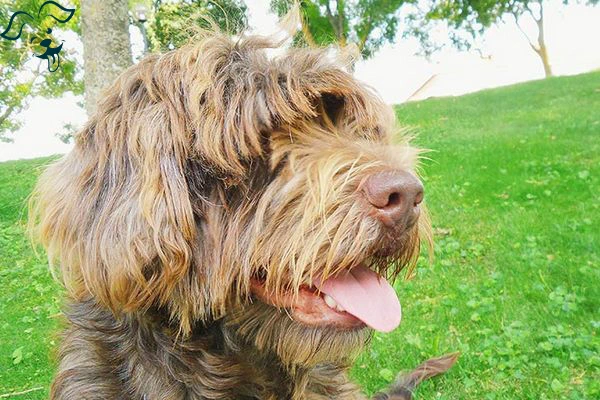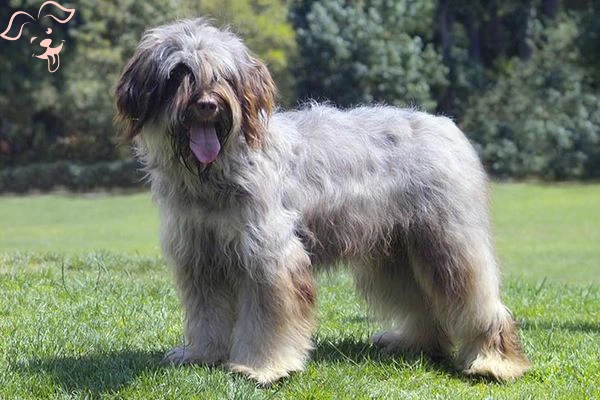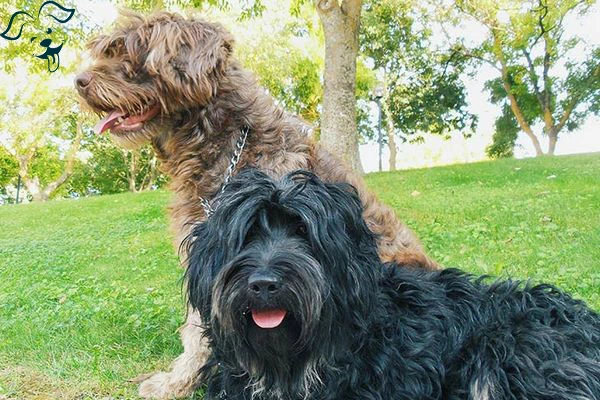While Portuguese Sheepdogs are generally healthy dogs like any breed, they can still face certain health challenges. Working with a responsible breeder who prioritizes the health of their dogs is crucial. Responsible breeders strive to produce healthy puppies and are transparent about any potential health concerns within the breed. Prospective owners should take the opportunity to educate themselves about the specific health issues that may affect Portuguese Sheepdogs. By doing so they can make informed decisions and take necessary precautions to ensure the well-being of their future pet. Regular veterinary check-ups, a proper diet exercise and a safe environment are important in maintaining the overall health of any dog including the Portuguese Sheepdog. Health Assessment Recommendations from the Breed's National Association: |
Portuguese Sheepdog
ATTRIBUTES: Intelligent, Devoted, Lively
GROUP: Foundation Stock Service
ACIVITY LEVEL: Energetic
BARKING LEVEL: Medium
COAT TYPE: Wavy
COAT LENGTH: Long
SHADDING: Occasional
SIZE: Medium
TRAINABILITY: Easy Training
CHARACTERISTIC: Medium Dog Breeds
Breed Overview

Ancestry
Briard, Berger des Pyrenees, Catalan Sheepdog

Origin
Portugal

Registration
2012

Size
16.5 - 21.5 Inches

Weight
37.5 - 59 Pounds

Expected Life
12 - 13 Years
























FRIENDLINESS
LIVELINESS
VIGILANCE INTENSITY
ADAPTATION CAPACITY